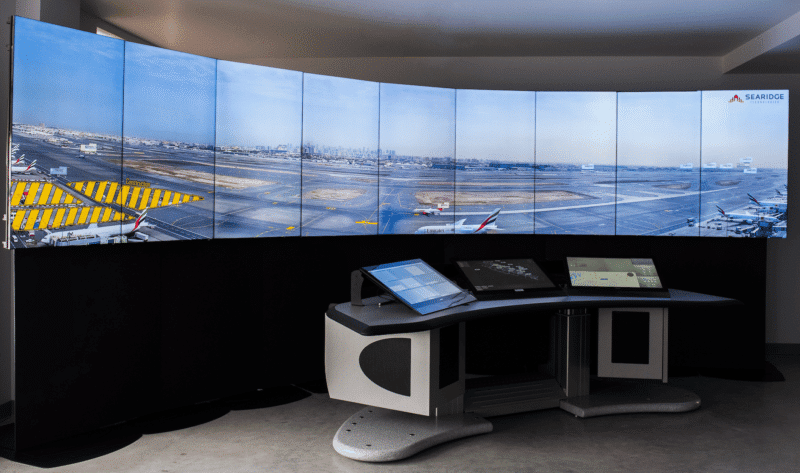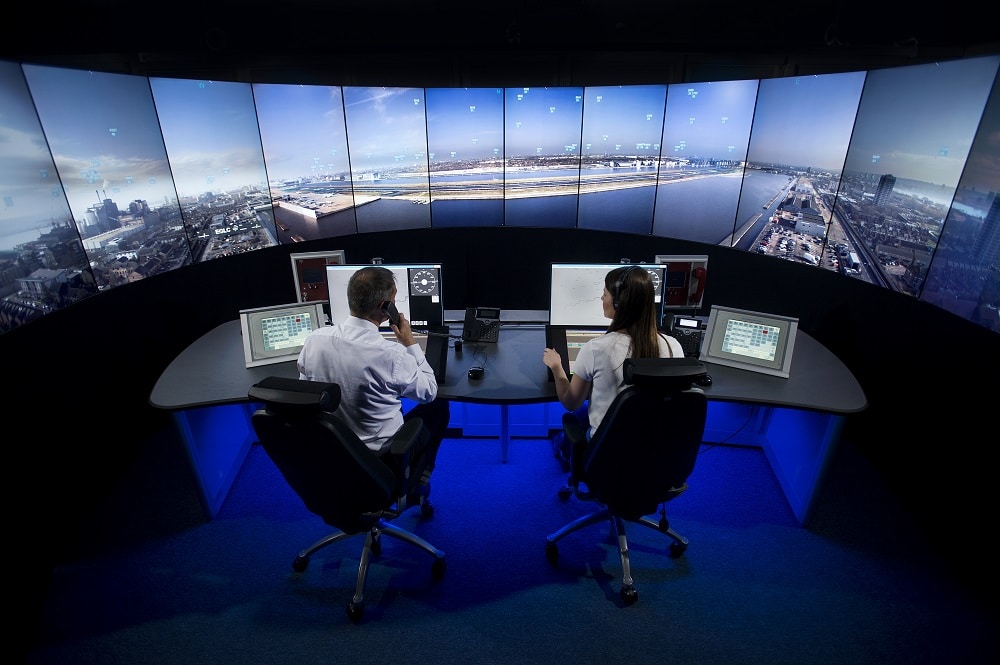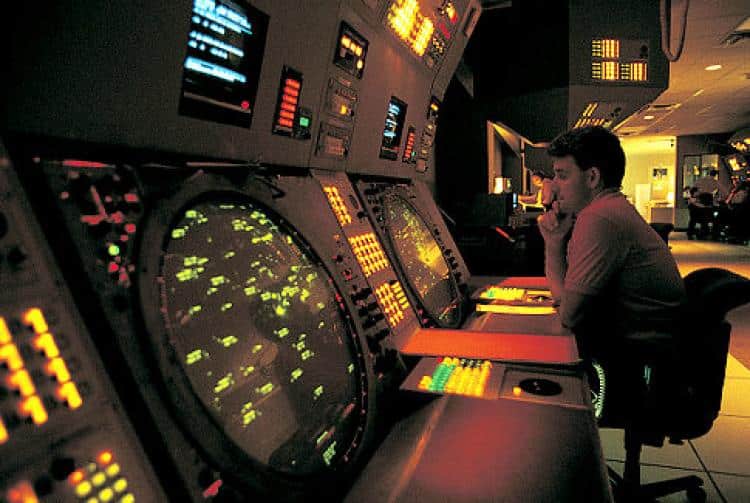Aviation
A London Airport Is Getting an Upgraded Air Traffic Control Tower-80 Miles Away From All the Planes

A London Airport Is Getting an Upgraded Air Traffic Control Tower-80 Miles Away From All the Planes
London’s City Airport is getting its high-tech upgrade in large part due to a lack of space. Instead of a bulky traditional tower that has to house actual humans, the new ATC tower will simply be host to a whole bunch of cameras, with live footage piped to controllers in a building some 18 miles away.
London’s City Airport is getting its high-tech upgrade in large part due to a lack of space. Instead of a bulky traditional tower that has to house actual humans, the new ATC tower will simply be host to a whole bunch of cameras, with live footage piped to controllers in a building some 18 miles away. There are additional benefits beside the saved space, too. The screens at the remote headquarters can compress a 360-degree view into 270 degrees, making it possible monitor more action in a smaller space
The airport is to decommission its traditional tower in 2019, meaning aircraft will be directed from a digital control room in Hampshire. Air traffic controllers will have a 360-degree, high definition view of the airfield, meaning they can monitor planes in more detail than by using the human eye, the airport said.
The technology has already been tested in Australia, Sweden, Norway and Ireland.
Current Situation –
The Tower Building Traditionally every airport has a conventional air traffic control tower, but they don’t come cheap. They cost millions to build and not all parts of the airfield are always visible. In comparison, going digital is more cost effective and offers real operational benefits.
A Digital Alternative
- Controllers use high definition cameras and remote sensing technology to safely and securely manage air traffic from a location away from the airport
- All operational data is transferred via a secure super-fast network to a custom built digital tower operations
room at NATS’ Swanwick air traffic control centre - Wrap around screens give the controllers an unparalleled view of the entire airport
The Technology
- High definition cameras provide a full 360 degree view of the airport
- Laser range finder for measuring distances to pin point accuracy
- Pan, tilt and zoom cameras to view any part of the airfield in unprecedented detail
- Displays enhanced with augmented reality style maps and aircraft data for increased controller awareness.
According NATS blogs Question and Answer.
How safe are digital control towers?
Everything is designed – from the technology to the procedures – with safety in mind and the same will apply for digital towers:
What happens if a camera fails?
In the system we’ll be using at London City Airport from 2019, there are 14 cameras, plus two separate ‘pan tilt zoom’ cameras. If one of the main cameras fails, one of the PTZs can quickly fill the gap until the camera can be swapped out and replaced.
What happens if all the cameras fail?
In the unlikely event that all the cameras fail, or that both of the independent video data feeds drop out, the team will revert to operating under Low Visibility Procedures as they do when in low cloud or fog, using voice communication and radar. This will slow things down, but it’s a normal part of ATC procedures and all very safe.
What about the screens?
There are 15 screens in the facility at Swanwick, meaning that if one of them fails the redundant one can instantly pick up the slack. The controllers can also rejig the order in which the screens display, meaning they will still see the airfield correctly. Then, at the right time, the defunct screen can be swapped out and replaced.
Can it be hacked?
Obviously we can never go into specifics about cyber security, but it is something we take incredibly seriously and keep under constant review. It is not an issue we ignore. What I can say it that the systems undergo extremely vigorous testing and for London City, we will have three entirely private and independent data feeds from the airport to Swanwick – two capable of carrying voice and video data, and the other just voice. 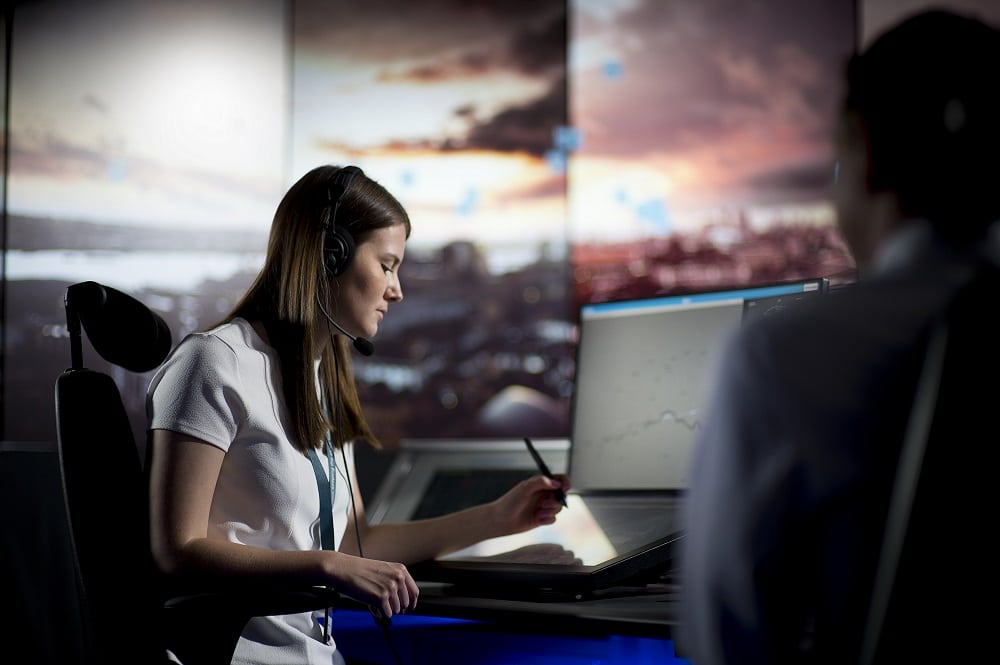
Wouldn’t it be safer to be at the airport?
This is one I hear quite a lot and I always answer by turning the question around: could it not be safer and more resilient to have your ATC operation offsite? In any case the principle of controlling aircraft from a remote location isn’t new. Our radar controllers at Swanwick and Prestwick centres are looking after aircraft potentially hundreds of miles away and all without ever setting eyes on them.
Liked it ?
Share with your Friends and Family

Aviation
All passengers killed in plane crash, after pilot let his children to control the plane

When boarding a plane, passengers entrust their safety to the skilled hands of the pilot. However, tragedy struck when one of the flight ended in disaster as all passengers lost their lives in a horrific plane crash.
In 1994, during a flight from Moscow to Hong Kong, tragedy struck as an Aeroflot relief pilot made a fateful decision. In a move that would have devastating consequences, the pilot invited his own children into the cockpit to play with the controls. Little did anyone know, this seemingly innocent gesture would lead to the loss of all 75 lives aboard the aircraft.
It was a seemingly innocent act that led to catastrophic results. The relief pilot, Mr. Kudrinsky, invited his two children, Yana, 12, and Eldar, 15, into the cockpit during the late hours of the night. Little did anyone know, this simple gesture would set off a chain of events that would end in tragedy.
Once in the cockpit, the children were allowed to sit in the captain’s chair and play with the controls, unaware that they should have been disabled as the plane was in autopilot mode.
Eldar, perhaps in a moment of curiosity or innocence, held the control column down for a mere 30 seconds. Yet, in those brief moments, the autopilot disengaged, thrusting the aircraft into manual control.
By the time the pilots regained their seats and attempted to regain control, it was too late. Despite their efforts to pull the plane out of a dive, they overcorrected, causing the flight to climb almost vertically, ultimately stalling it.
Final moment Flight 593 crash
In the final moments, as the pilots struggled to stabilize the aircraft, Flight 593 crashed into the Kuznetsk Alatau Mountain range in southern Russia, completely obliterating the plane and claiming the lives of everyone on board.
Investigations revealed a chilling truth: there was no evidence of technical failure. Instead, the crash was attributed to the unthinkable decision to allow inexperienced hands to manipulate the controls of a commercial aircraft.
The black box recording captured the harrowing sequence of events, providing a grim reminder of the human cost of a lapse in judgment. In just over two minutes, the lives of all on board were tragically short, leaving behind a legacy of sorrow and unanswered questions.
Aviation
American Airlines Flight Attendant Orders First-Class Traveler to use Economy Restroom
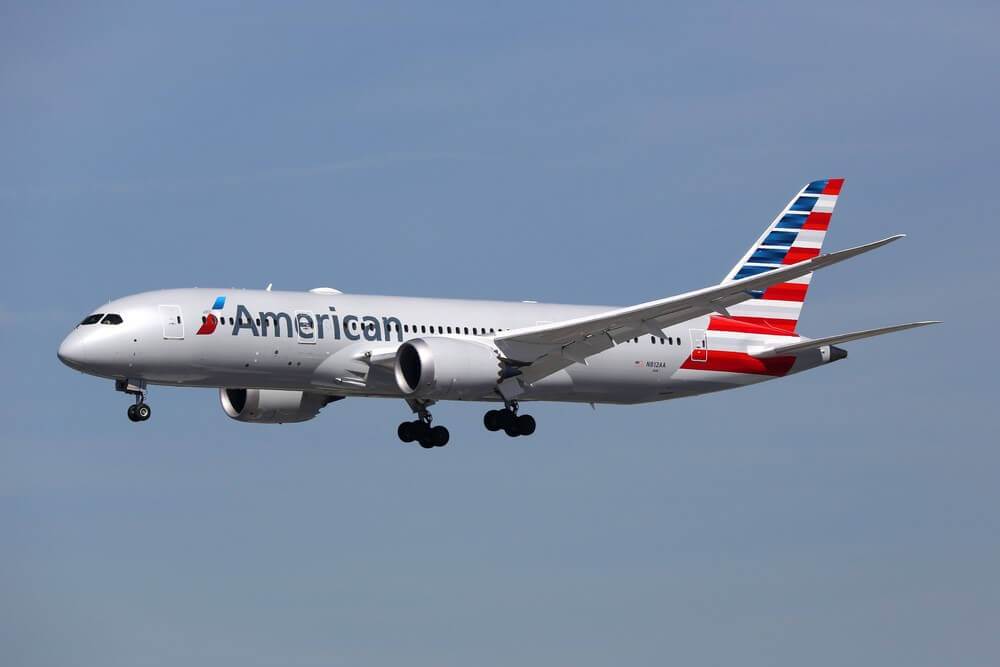
On a recent American Airlines flight from Chicago O’Hare to Phoenix, Pamela Hill-Veal, a retired circuit court judge, found herself at the center of a disturbing incident.
Despite traveling in First Class, she was directed by a flight attendant to use the Economy Class restroom, sparking allegations of racial discrimination. According to Hill-Veal, the ordeal began when she used the dedicated First Class lavatory during the flight. A flight attendant approached her, accusing her of slamming the door and issued a warning.
Despite remaining calm, Hill-Veal faced further confrontation when she attempted to use the First Class restroom again later in the flight. The situation escalated as the flight attendant persisted in berating Hill-Veal, who felt targeted due to her race. She highlighted the disparate treatment, noting that white passengers were not subjected to similar directives.
In a distressing turn, the flight attendant followed Hill-Veal to her seat and allegedly touched her while threatening arrest upon landing. This alarming encounter left Hill-Veal feeling humiliated and traumatized, impacting her ability to rest even after the flight.
American Airlines has responded, expressing a commitment to investigating the matter and addressing discrimination claims seriously. However, the incident underscores ongoing concerns about racial bias in air travel and the need for accountability in ensuring all passengers are treated with dignity and respect.
Aviation
Southwest CEO Signals Major Shift: Farewell to Open Seating
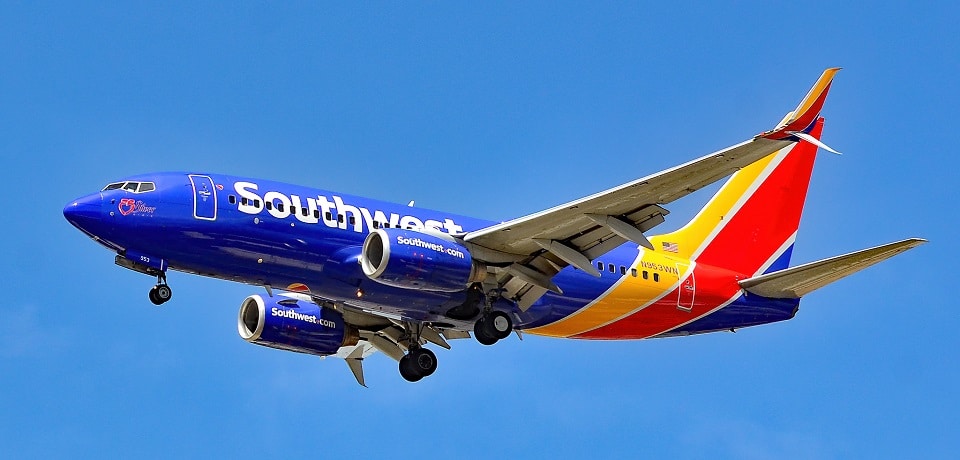
Southwest Airlines is contemplating a significant shift away from its traditional open seating policy, a move that could signal a departure from its long-standing business model.
The potential change, which would introduce assigned seating and premium seat options, is being considered to appeal to a younger demographic of travelers. This adjustment would mark one of the most substantial alterations for the carrier since its inception in 1971.
Unlike its competitors who have embraced premium seating offerings, Southwest has stuck to its open seating approach, albeit providing the option for early boarding at a fee. However, with rivals like United Airlines witnessing revenue growth from premium seating, Southwest is reevaluating its strategy. According to Forbes, the airline industry has seen a shift in customer preferences over time, prompting Southwest to reconsider its seating model designed during an era of lower load factors.
While Southwest CEO, Jordan,told to CNBC that he has neither confirmed nor denied the possibility of premium seating, he acknowledges that the company is exploring various options. He emphasized that while it’s still early in the decision-making process, the initial results are promising, hinting at potential changes in the future.
Southwest currently operates with a single economy class cabin across its all-Boeing 737 fleet, with no assigned seating. However, the airline does offer the option for early boarding for passengers to secure their preferred seats for an additional fee. Over the years, Southwest has maintained a focus on simplicity and user-friendliness in its offerings, striving to minimize costs and complexity.
In contrast, competitors like Delta and United have capitalized on revenue growth from premium seating options such as business class, demonstrating strong upsell rates. Analysts have repeatedly questioned Southwest about the potential for introducing premium seating or additional fees, although the airline has traditionally refrained from charging for the first two checked bags.
For now, the only way Southwest passengers can secure their preferred seats is by paying for an earlier boarding position, as the airline continues to operate without assigned seating, allowing passengers to choose their seats upon boarding in a predetermined order.

